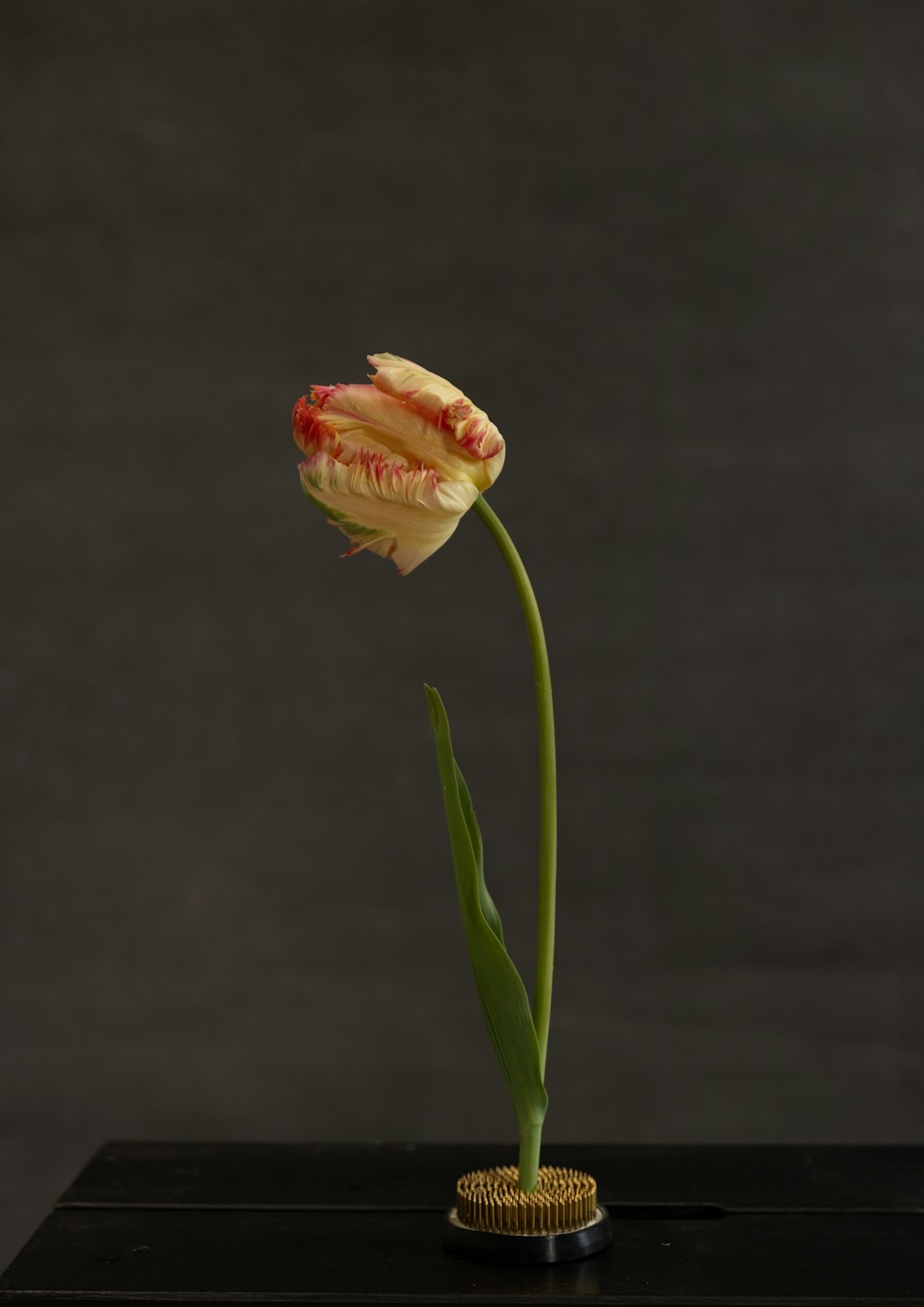The Diverse World of Loosestrife in Flower Gardening

Flower gardening is a delightful pursuit that offers a plethora of options for enthusiasts. Among the many plants that grace gardens, loosestrife stands out with its remarkable diversity. Loosestrife types vary from stately plants suitable for borders to ones that serve as creeping groundcovers, all of which are perennials, adding long - lasting beauty to the garden.
Stately loosestrife varieties are a sight to behold when placed along garden borders. These tall and elegant plants can reach a significant height, often standing out among other flowers. Their upright growth habit gives them a regal appearance, making them a focal point in any garden design. For example, some species of loosestrife produce long spikes of vibrant flowers. These flowers come in a range of colors, including shades of purple, pink, and white. The vivid hues attract pollinators such as bees and butterflies, which play a crucial role in the garden's ecosystem.
The long - lasting nature of these perennials means that gardeners can enjoy their beauty year after year. Once established, they require relatively little maintenance, making them an ideal choice for both novice and experienced gardeners. They are hardy plants that can tolerate a variety of soil conditions, as long as the soil is well - drained. However, they do prefer full sun to partial shade, which allows them to produce the most abundant and colorful blooms.
On the other hand, the creeping groundcover types of loosestrife offer a different kind of charm. These low - growing plants spread out horizontally, covering the ground with a carpet of foliage and flowers. They are perfect for filling in gaps between larger plants or for creating a soft, flowing look in rock gardens. The creeping loosestrife varieties often have smaller, more delicate flowers, but their sheer quantity makes them just as eye - catching as their stately counterparts.
One of the advantages of using creeping loosestrife as a groundcover is its ability to suppress weeds. The dense growth of the plant shades the soil, preventing weed seeds from germinating. This not only saves the gardener time and effort in weeding but also helps to maintain a clean and tidy garden appearance. Additionally, these groundcover loosestrife plants can add texture to the garden, contrasting nicely with the more upright and structured stately varieties.
When it comes to planting loosestrife, it's important to choose the right location based on the type of loosestrife you have. For stately loosestrife, give them enough space to grow vertically without being overcrowded by other plants. This will ensure proper air circulation and prevent the development of diseases. For creeping groundcover loosestrife, plant them in areas where they can spread freely, such as along the edges of paths or around the base of shrubs.
Proper watering is also essential for the health of loosestrife plants. While they are relatively drought - tolerant once established, they still need regular watering during the growing season, especially during hot and dry periods. Water deeply but infrequently to encourage the development of a strong root system. Fertilizing can also be beneficial, but it should be done sparingly. A balanced, slow - release fertilizer applied in the spring can provide the necessary nutrients for healthy growth and abundant flowering.
In conclusion, loosestrife is a wonderful addition to any flower garden. Its diverse types, from stately border plants to creeping groundcovers, offer a wide range of options for gardeners to create unique and beautiful landscapes. Whether you're looking for a plant to make a statement or one to add a touch of softness and texture, loosestrife has something to offer. With proper care and placement, these perennials will continue to bring joy and color to your garden for many years to come.